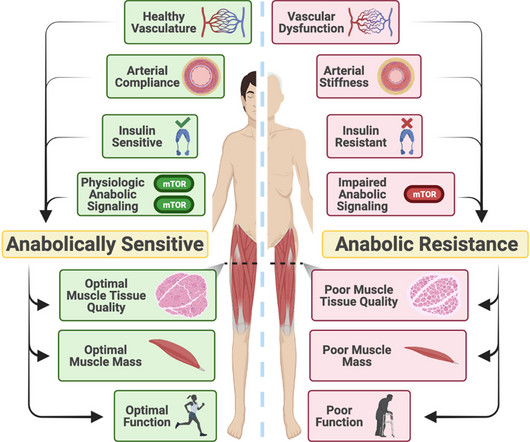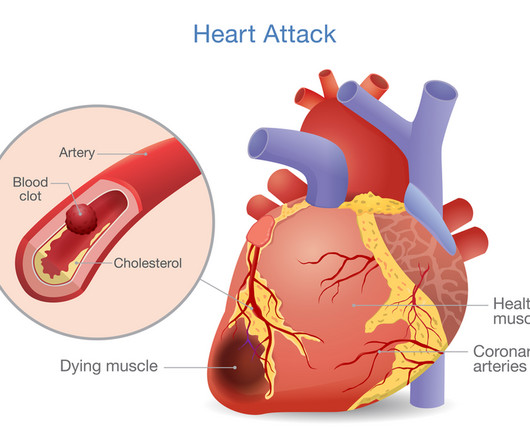Abstract 4146967: The Effects of Physical Activity Levels on Body Composition, Exercise Performance, Single Ventricle Function and Self-Perceived Quality of Life in Children and Adolescents with a Fontan Circulation.
Circulation
NOVEMBER 11, 2024
Circulation, Volume 150, Issue Suppl_1 , Page A4146967-A4146967, November 12, 2024. This study aims to establish the effect of an active lifestyle in paediatric Fontan patients, determine its relationship with body composition, exercise capacity, ventricle function and quality of life.Methods:30 Fontan patients were recruited.















Let's personalize your content